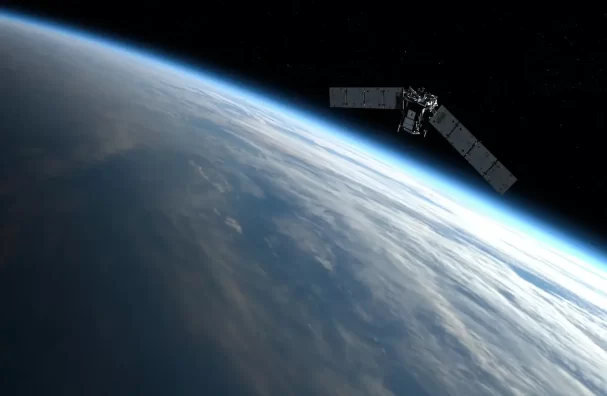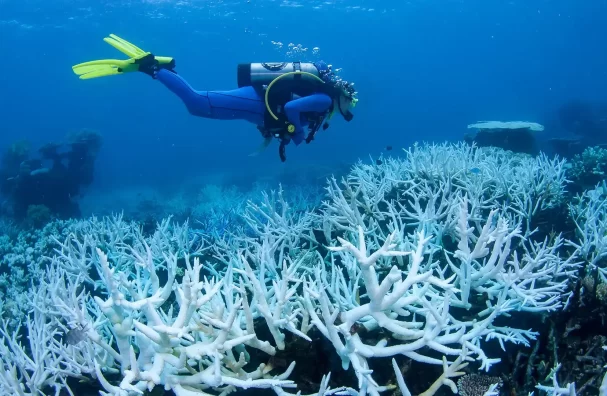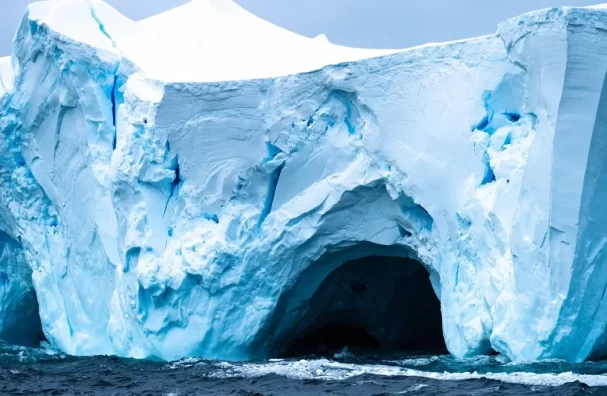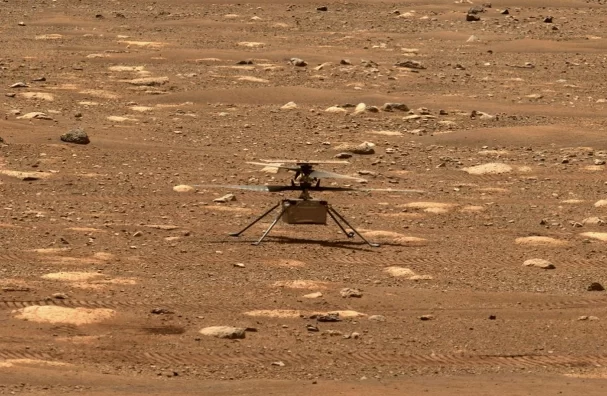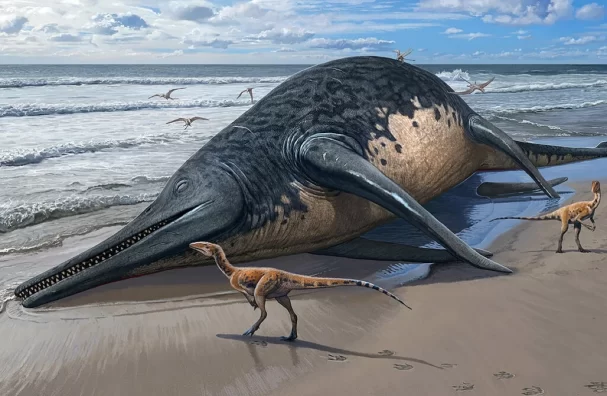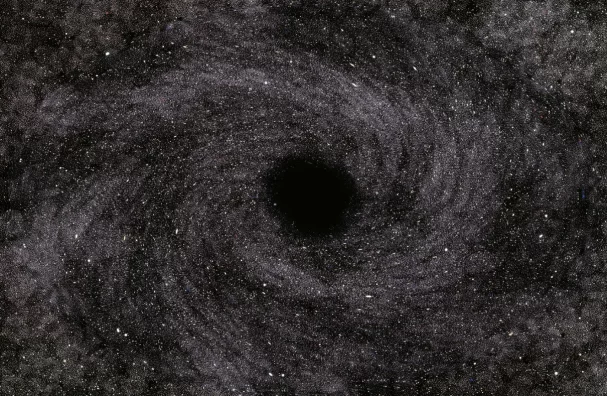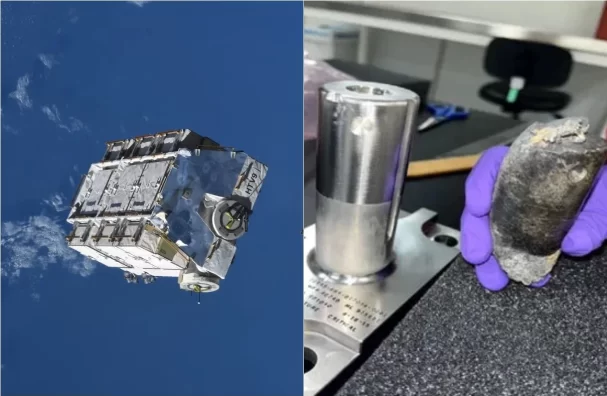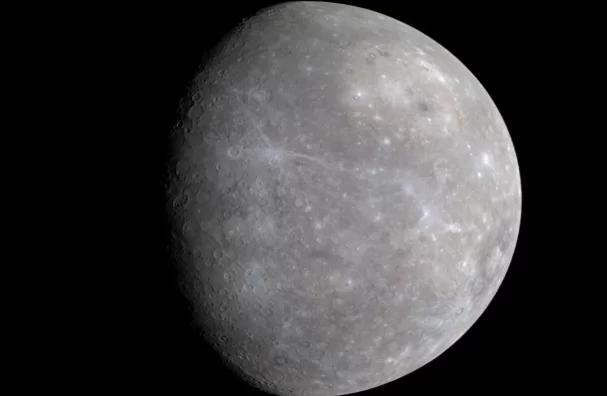‘Surprising’ space junk from NASA satellite was closer than expected
As the number of spacecraft orbiting Earth increases, so does the potential for catastrophic collisions. This potential danger came into focus when NASA's TIMED spacecraft and a decommissioned Russian spy satellite, Cosmos 2221, had an unnervingly close encounter.
NASA's TIMED spacecraft and the defunct Cosmos 2221 satellite came within a hair's breadth of each other in orbit. The initial estimate suggested a distance of around 65 feet (20 meters) between the two. However, further analysis revealed a much scarier picture.
Space.com reported that the actual distance was a mere 33 feet (10 meters), according to NASA deputy administrator Pam Melroy.
The potential for catastrophe upon collision is immense. As Pam Melroy put it, "Had the two satellites collided, we would have seen sign...

